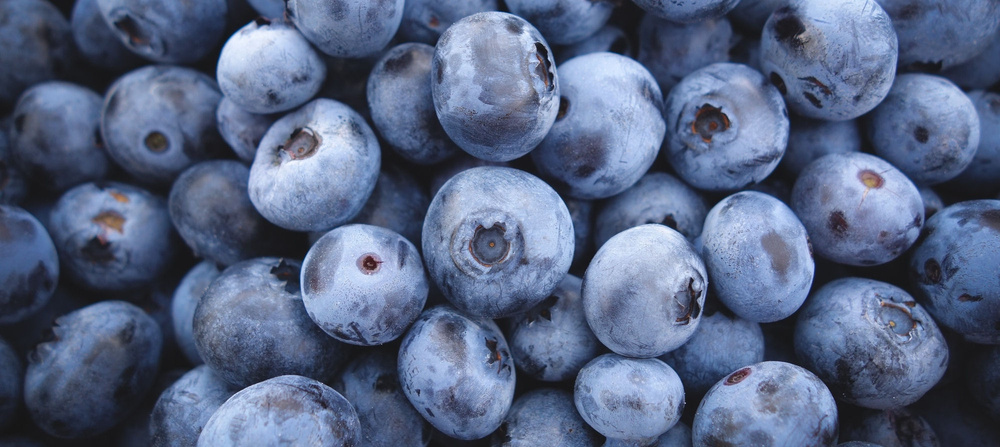
This edition contains the following articles:
- Announcing: NDSR 2024 Now Available!
- Did You Know? NDSR has new Customizable Meal and Food Fields
- HEI-2020 and HEI-Toddlers-2020
- Backup Files are Gold!
Announcing: NDSR 2024 Now Available!
We are excited to announce that we released NDSR 2024 on Monday, July 29th! The primary contact for accounts who are up to date on annual support should have received an email with a download link and instructions. If you didn’t receive an email, contact NDSRhelp@umn.edu, and we can check on your account status for you. To learn more about what is new in NDSR 2024, check out this article on our website. Wondering if you should upgrade to NDSR 2024? This article we published last year may help you decide.

Did You Know? NDSR Has New Customizable Meal and Food Fields
Researchers asked us for the ability to code additional details about meals and foods, and we have added them this year for NDSR 2024. In recalls, records, and record-assisted recall projects, you can include up to three customizable fields at the Meal level, which will appear on the Meal Information window, and up to ten customizable fields at the Food level, which will appear on a new tab within the Food Detail window. You can customize a descriptor for each field and import a list of response options that will then populate a dropdown menu. There is information in Chapters 3 and 4 of the User Manual with more details for how to use these fields, and we’ve also recorded two short videos that demonstrate how to set up the fields. If you are excited to use these customizable fields in your next project, share with other NDSR users on our LinkedIn Forum about how you plan to use them!

HEI-2020 and HEI-Toddlers-2020
The working group tasked with updating the HEI to align with the 2020-2025 Dietary Guidelines for Americans determined that no changes to the index were required aside from updating the name to ‘HEI 2020’. You can use NDSR HEI 2015 output files for HEI 2020 scores for dietary intake data and/or menus in NDSR. The HEI 2020 has the same index components and scoring criteria as the HEI 2015, so while the HEI output files and reports in NDSR are labeled as HEI 2015, they are the same as HEI 2020 scores.
The new Healthy Eating Index-Toddlers-2020 (HEI-Toddlers-2020) has the same index components as the HEI-2020 for children and adults 2 years of age and above, but the standards for calculating the maximum and minimum HEI index component scores are different for the Toddler HEI. For example, the adult standard for the component score of Total Fruits ranges from no fruit to greater than or equal to 0.8 cup equivalents per 1000 kcals, while the toddler standard ranges from no fruit to greater than or equal to 0.7 cup equivalents per 1000 kcals. Therefore, you should not use the index component scores or total scores in the NDSR HEI 2015 output files. However, you can use the contributing dietary constituents (e.g., ounce equivalents of whole grains, cup equivalents of dairy, etc.) found in the HEI output files to calculate component and total HEI-Toddlers-2020 scores.

Backup Files Are Gold!
Reminder: please remember to back up your NDSR projects to an additional storage medium outside of your local drive. Although NDSR protects data by saving record information to your hard drive or server as it is entered, NCC does not have access to that data and cannot retrieve your data in the event of a hard drive crash. Therefore, it is very important to create a NDSR backup and data management plan. Frequent backup of projects to multiple locations (e.g., hard drive, network drive, flash drive, cloud storage, etc.) is recommended. More information on backing up your NDSR projects is available on the NCC website.

